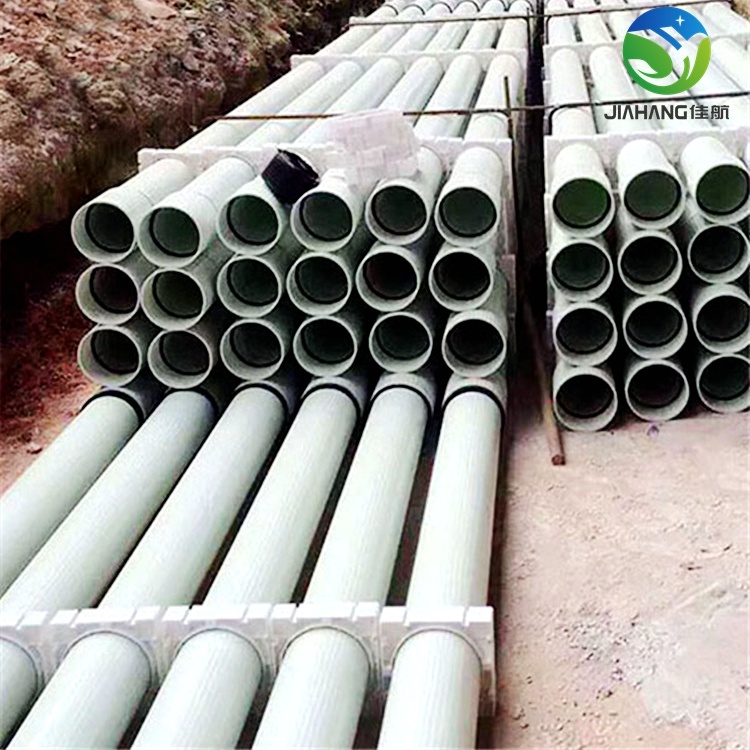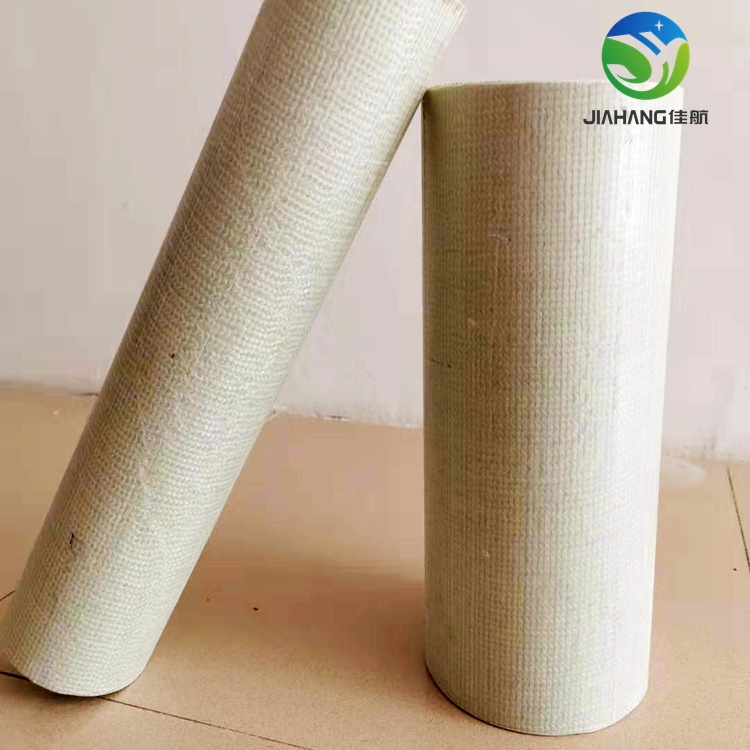What are the uses of fiber braided cable duct?
Release time:
2020-03-06
he laying method of cable duct bank is used to protect the cable from external mechanical damage or other media erosion. The fiber cable duct bank adopts the weaving, winding, pultrusion and extrusion
The urban power grid has changed from the form of overhead line to the form of underground cable. Its laying methods mainly include cable trench, pipe laying, cable tunnel, etc. before the 1990s, cable laying was mainly in the form of cable trench. However, with the development of urban construction, cable trench has not been able to meet the requirements of urban construction. Since the early 1990s, cable pipe laying has gradually replaced electricity Cable trench and tunnel become the main laying mode of urban power pipeline.
The laying method of cable duct bank is used to protect the cable from external mechanical damage or other media erosion. The fiber cable duct bank adopts the weaving, winding, pultrusion and extrusion integrated production process with high degree of automation. Its mechanical design makes it impossible to change the wall thickness at will, the product quality is stable, and the product density is increased by 35% compared with the traditional FRP pro ducts. It supports It has sufficient mechanical strength, smooth inner wall of the pipeline, non corrosiveness of the pipe to the cable, good airtightness and durability, convenient construction, high carrying capacity and low thermal resistance coefficient.
ducts. It supports It has sufficient mechanical strength, smooth inner wall of the pipeline, non corrosiveness of the pipe to the cable, good airtightness and durability, convenient construction, high carrying capacity and low thermal resistance coefficient.
 ducts. It supports It has sufficient mechanical strength, smooth inner wall of the pipeline, non corrosiveness of the pipe to the cable, good airtightness and durability, convenient construction, high carrying capacity and low thermal resistance coefficient.
ducts. It supports It has sufficient mechanical strength, smooth inner wall of the pipeline, non corrosiveness of the pipe to the cable, good airtightness and durability, convenient construction, high carrying capacity and low thermal resistance coefficient.
Fiber cable duct can be used in the construction of large and small power stations of power grid engineering; Telecommunication Engineering in urban and rural construction; electric power and telecommunication construction involved in urban infrastructure construction of municipal construction engineering; electric power and telecommunication construction of port and wharf construction.

According to the actual needs, several to dozens of pultrusion fiber cable pipes can be laid at the same time, which is convenient for combined construction; the inner wall of the pipe is smooth, the friction coefficient is small, and it is easy to put the cable through, so it is only necessary to open the cover plate of the work well and put the cable

through one work well to another. During burying, the excavation width of the trench is small, and the amount of earthwork is small, which can reduce the construction time; it basically does not need daily maintenance, the cable is laid in a row of pipes, and the middle end can only appear in the construction well, which can save the time of fault finding.
Related News


